Sources and recommended reading: “Eat, Stop, Eat” Brad Pilon – https://amzn.to/2xGH9Rr We are back!!! Sorry for the long break between videos but thanks for hanging in there and more can be expected shortly! Intermittent fasting can be a great tool to go along with your ketogenic diet and here is how it works. More videos going into further detail about fasting are soon to come, so keep a look out if interested in further information. Intermittent fasting is a dietary approach that has increased in popularity in recent years, both for those practicing and those researching. The idea of intermittent fasting and its synergy with the ketogenic diet has sparked quite a bit of conversation here in the comments of the Consider This Channel, which is why I would like to provide a breakdown of how intermittent fasting works well with the Ketogenic diet. First let’s determine exactly what is meant by the term “intermittent fasting”. This does not really denote a specific duration of feeding restriction, although the majority of the studies done have implemented similar strategies for time restricted feeding. Simply put, the window of nutritional intake is restricted to between the hours of 1:00pm and 8:00pm. Providing an 8 hour window of potential intake and a 16 hour window of fasting each day. Now how might this correlate with the ketogenic diet? Well, there are a few ways: For one, elevating our blood concentration of ketone bodies is a solid biomarker on how stable our state of nutritional ketosis is. This is a representation of our metabolism adapting to burning fat for energy rather than carbohydrates, and as we see blood ketones rise, specifically beta-hydroxy butyrate, we can make a correlation to the amount of fat we are burning. Generally, when testing blood ketone levels we notice a relatively high amount in the morning when we wake, before any dietary intake. This is due to the fact that, even on a strict ketogenic diet, we can’t help but consume a small number of carbs in each meal and therefor have a slight postprandial or post meal insulin response, which hinders ketone production. But, when we go the standard 8 or so hours through the night without food intake we are passively burning calories with no insulin spikes, leading to higher amounts of ketone production and more being fat burned. Really every night we are preforming a small intermittent fast, which is ended by the aptly named meal breakfast or “break-fast”. When we chose to prolong this fast into the day we have the opportunity to use this same heightened ketone producing, fat burning, mechanism to create energy to fuel our activity rather than just autonomic functions during sleep. This in turn increases our metabolism even further. This is why if blood ketones were measured at 1:00pm after fasting through the morning they would be exponentially higher than if we were to measure at the same time after eating breakfast and lunch. Higher blood ketone levels have also shown to improve brain function, mental clarity and protect the body from oxidative stress on a cellular level. Another benefit time restricted eating unlocks is a heightened opportunity to dip into our body fat stores rather than constantly burning the fat fuel we are consuming through dietary intake. We can mobilize visceral fat (fat surrounding internal organs) and subcutaneous fat (fat under the skin that is more noticeable) to lose weight, prevent disease and improve overall health and wellness. For more detailed information about “intermittent fasting” check out other videos on this channel where I break down the science of how our bodies react to fasting. Keto Science Research sources for this video include: https://www.ncbi.nlm.nih.gov/pmc/articles/PMC3680567/ https://www.annualreviews.org/doi/full/10.1146/annurev-nutr-071816-064634?url_ver=Z39.88-2003&rfr_id=ori%3Arid%3Acrossref.org&rfr_dat=cr_pub%3Dpubmed https://www.ncbi.nlm.nih.gov/pmc/articles/PMC5064803/
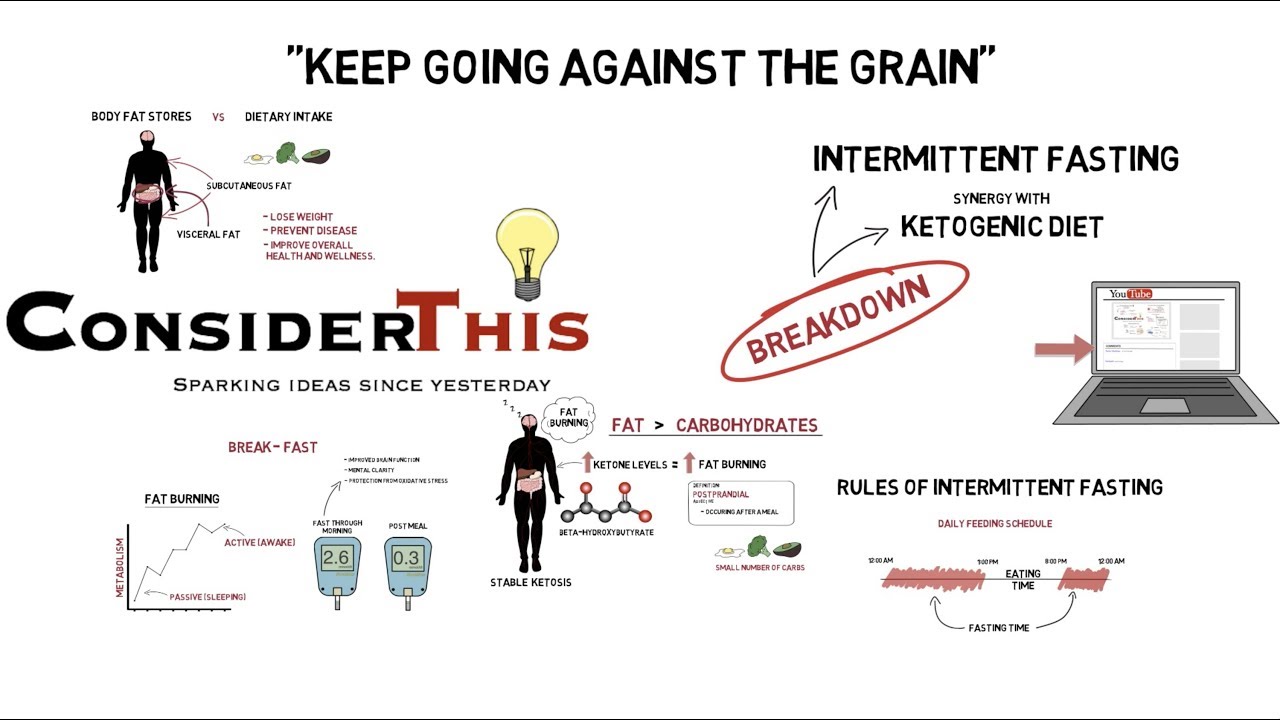
Intermittent Fasting & Fasting Video – 26
- Post author:
- Post published:May 14, 2021
- Post comments:0 Comments
You Might Also Like

Basic Nutrition Terminology
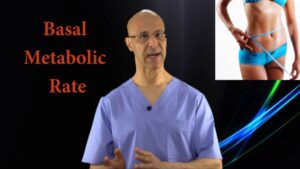
How to Use Your BMR (Basal Metabolic Rate) to Lose Weight – Dr Mandell

Fencing Video – 3

Arnold Press – Shoulder Exercise – Proper Form Tutorial

Testosterone & Androgenic Effects Video – 21
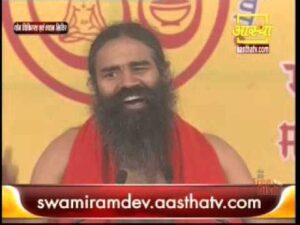
Nerveous System And Stress Management Asanas Video – 6

Beware Of Fake Supplement – How To Identify? | Health and Fitness Tips | Guru Mann
Renal Function Test

Why You Should Warm Up and Cool Down

Human Heart Anatomy I 3D Animation by Magic Spangle Studios

Definition Fitness – Building Dolph
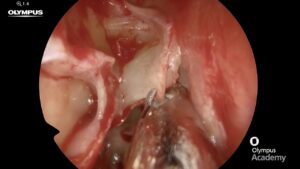
ENT Surgery Video – 4

The “22 Day” Ab Workout (NO REST!)

Alexander Technique Video – 1

Anemia In Children – Causes, Symptoms and Treatment

What does basal metabolic rate mean?

25 Foods For Heart Disease – Foods To Help Heart Disease
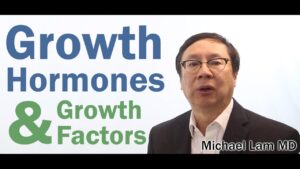
HGH, Growth Hormones & Plant Hormones Video – 49

Drink Amazing Drink for Weight Loss

How to Treat and Bring Down High Blood Sugar Levels

How to Do One-Arm Dumbbell Row — Form, Muscles Worked, Benefits

TUESDAY: Complete Back Workout! (Hindi / Punjabi)
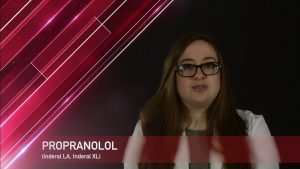
Propranolol Medication Information (dosing, side effects, patient counseling)

Parkour Video – 2

Vitamins – What are Vitamins – Types Of Vitamins – Fat Soluble Vitamins – Water Soluble Vitamins

High blood pressure – What is it?

Marathon Video – 2

Exercises To Increase BMR

Relaxation massage Video – 4

Zenith Nutrition Silymarin Milk Thistle Review (Hindi)

Warning Signs of Brain Stroke || Health Tips

Elementary Physical Education – Fitness Components Stations

Logan Paul Workout (GYM COMPILATION)

21 Dynamic Stretching Warm Up Exercises

Physical and Skill-related Components of Fitness

Back Flexibility Video

Anabolic Steroids – History, Definition, Use & Abuse Video – 43

B Complex Supplements Video – 2

Short Dynamic Warmup for Running

Erectile Dysfunction animation flv

Dumbbell Shoulder Press – Shoulder Exercise – Bodybuilding.com

